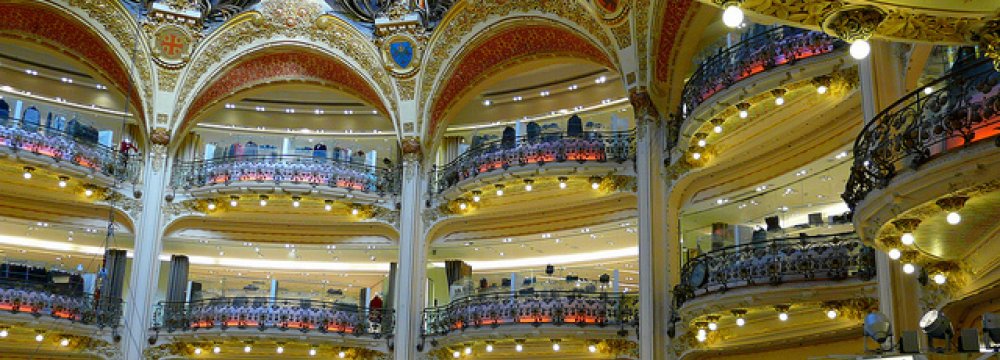The French economy grew by 0.6% in the first three months of this year. That’s the joint-highest figure for the country since 2011. Analysts had expected 0.4% growth.
Positive surprises are rare for the French economy, and it’s even less common for Berlin to offer disappointing news while France beats expectations. Germany grew by just 0.3% in the first quarter, the same as the UK — both missing forecasts, Business Insider reported.
It’s been an arduous few years for President Francois Hollande — even in the context of the stagnant eurozone, the French economy has been notably poor. The country has struggled with a stubbornly above-target budget deficit and unemployment has stayed above 10% since he was elected three years ago.
This isn’t the end for France’s problems. The country is still benefiting less than others from the recent upswing. This is one quarter’s growth, and unlike countries like Spain, analysts don’t think France has set itself on a decent path for the quarters and years ahead yet.
Here’s what Dominique Barbet at BNP Paribas said in a note this morning (Wednesday):
As widely expected, the private consumption is the main growth driver, thanks to lower oil prices and the subsequent increased in purchasing power, PCE (personal consumption expenditure) jumped 0.8% q/q and 1.7% y/y, also due to a favorable base effect. However, this pace of growth will surely fade in Q2, though we do not forecast Q1 gains to be reversed.
The main surprise came from inventories, which soared in Q1. Inventory accumulation amounted to 1.2% of nominal GDP, three times the normal level. This added 0.5pp to real GDP growth in Q1; a sharp correction is likely in Q2.
Barbet also noted the increase in public consumption, which, while a boost to GDP, would hamper the government’s deficit reduction aims.
Public consumption gained 0.4% q/q in Q1 (after 0.5% in Q4) and public investment rose 0.3% after declining in each of the six preceding quarters. This raises question marks about the magnitude of the public deficit decline this year, and its breakdown between tax hikes and so-called “spending cuts”.





